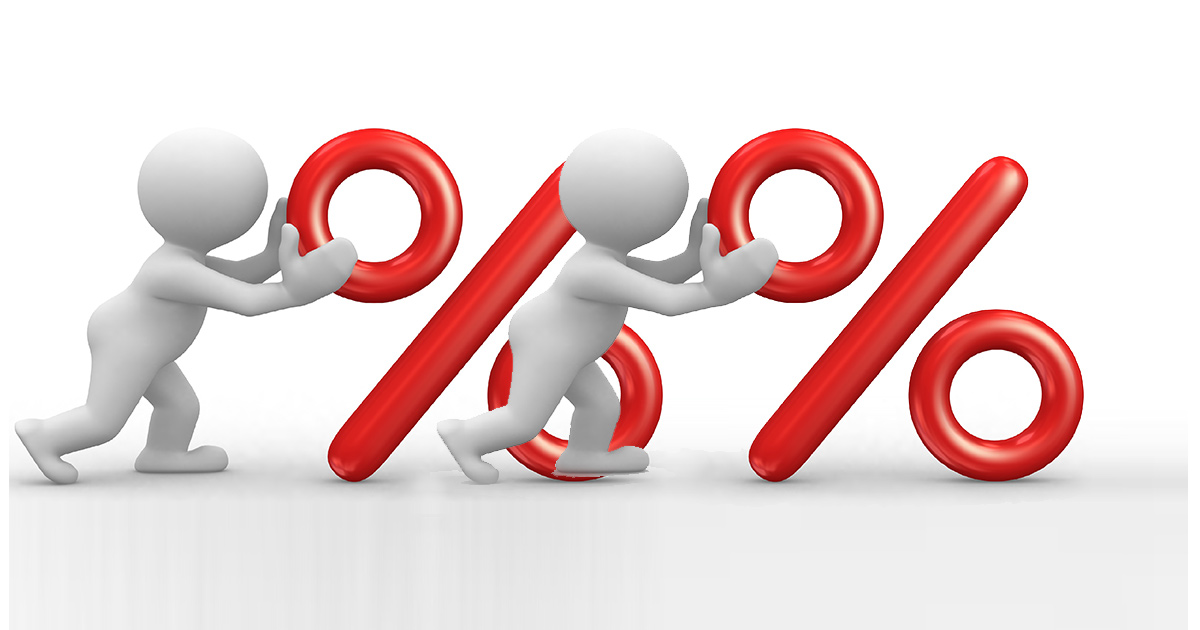In the views of Ajit Ranade, the Chief Economist of Aditya Birla Group, GST must ideally have only two slab rates instead of multiple tax rates. According to the GST Council, currently in India has 1800 indirect tax slabs which will categorise into six slab rates that are – 0 percent, 5 percent, 12 percent, 18 percent, 28 percent and 43 percent which is a very huge and complex process.
According to Ajit Ranade, “GST should have been only two slab rates – 5 percent and 12 percent as originally suggested by the Kelkar committee.” While speaking at the Observer Research Foundation Ranade said, GST is a hefty indirect tax, with the implementation of GST Regime in India the whole country is shifting from a production based taxation system to a consumption based taxation system.
New GST Regime enhances the national income or GDP (Gross Domestic Product) of the whole country. He further added that “It will avoid cascading of tax and interlink incentives as it will be online and in turn move up tax collection. It is the true spirit of cooperative federalism and has great potential to boost the country’s GDP or national income.”
Ranade speaks about direct and indirect taxes, “Direct taxes such as income tax are proportional to an individual’s income. Whereas everyone regardless of their incomes, have to pay the same amount of indirect tax. Therefore, the pinch of indirect taxes on a poor man is much more than that on a rich man.”
Whereas, “Indirect taxes are inherently regressive, unjust and unfair and in India 65 per cent of the revenue comes from Indirect taxes and only 35 percent of revenues comes from direct taxes. We need to fix this ratio and try to make it at least equal. Bringing about a reform in indirect taxation system is only half job done.”
